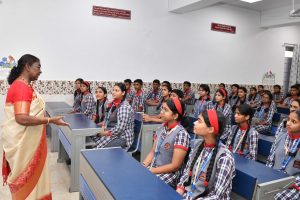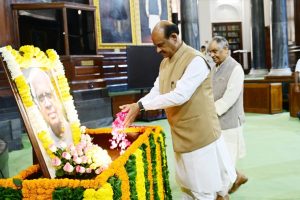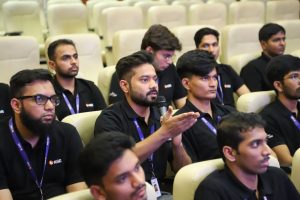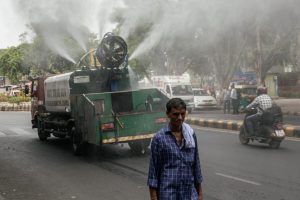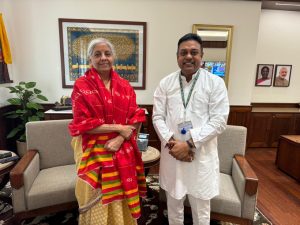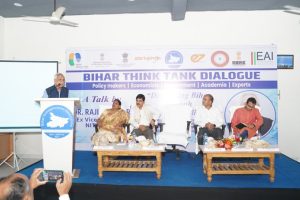Media & Elections: A case of drift far away from fine balance
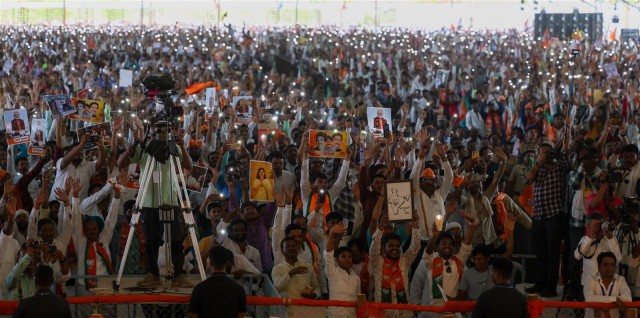
Image credit X @BJP4India
Media coverage in Lok Sabha Elections 2024 affirms loss of balance
By Manish Anand
New Delhi, May 8: Five years ago, a daily landed up with an interview of Prime Minister Narendra Modi. Half a page on page one and another full-page coverage came out to feature the prime minister taking questions on varied subjects.
Withing a few days, the daily got an interview with Rahul Gandhi, the then president of the Congress. The editorial boss in Delhi heaved a sigh of relief. “Thanks God! We struck a balance, finally,” he shared with a few.
Three phases of Lok Sabha elections are now sealed in the EVM (electronic voting machines). More than sixty per cent of the Lok Sabha seats have already gone to the polls.
There aren’t days when one or the other media house is belting out ‘interview’ of the prime minister. It began with a Tamil news channel. It moved to Kerala with another network, identified with the state.
Also read: Xi Jinping walks around Europe in show of defiance to US
Afterwards, Modi gave interviews to several of the regional media outlets. Gujarati-daily Sandesh splashed its interview of the prime minister in the week when all the 26 Lok Sabha seats in the state voted on Tuesday.
Indeed, principal rival of the prime minister is unknown. But the Congress president, Mallikarjuna Kharge, can stake claim for being the principal rival as the face of the Opposition. This may not be technically correct, but sufficient for the media’s convenience to fulfil the ‘Dharma’ of balance.
In the absence of a visible balance in the reportage, the media may invite the accusations that it is partaking in attempts to project a perception suitable to the Bharatiya Janata Party (BJP). The audience may conclude that the media believes there is no challenge to the BJP and the prime minister.
Also read: Stock Market: Fear grips street amid volatility spike
Indubitably, the media is at crossroads. The people in villages and small towns now enquire from the media persons about their political affiliations.
Known television faces have been chased away by villagers. Some have been heckled by the people. Labels often fly. There is an air as if none even expects neutrality from the media.
Besides interviews, the media reportage is now heavily exposed to claims made by politicians. The people in Delhi are wondering how come the media fails to give space to acute water crisis.
Watch: India to become 4th largest economy in 2025, a year ahead of #IMF projections
Water tankers are seen in parts of the national capital as sources of water. In two decades, Delhi seems stuck in a time frame. Water tanker mafia was the key word in the headlines two decades ago.
The media team of the political parties in the past used to measure coverages in newspapers with inches to check if there was a balance. That scale is now buried in deep waters of the Ganges.
Join WhatsApp Channel of The Raisina Hills


